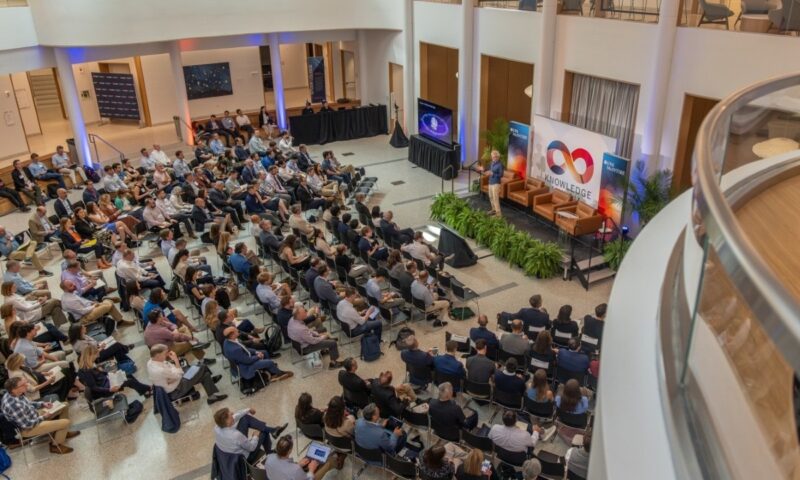As automation is taking over tasks that used to be performed by humans across nearly all sectors, the McIntire School’s Center for Business Analytics and global marketing research firm Ipsos found that Americans are divided in their perceptions and expectations about automation. In a new paper investigating attitudes on automation, titled “The Automation Divide,” they offer recommendations to bridge the divide in consumer and workplace settings.
Intent on capturing a snapshot of prevailing opinions concerning the integration of this transformational technology in its many forms, the Ipsos/McIntire research program incorporated two online surveys that gathered responses from 4,000 U.S. adults. Findings are dependent upon qualifying definitions of users: autophiles and autophobes.
Key Findings
- Among autophiles, increased ease, comfort, speed, and time savings are seen as the biggest benefits of automation. Those who generally feel positive about automation (“autophiles”) tend to skew male, younger, more affluent, and more educated. Autophiles use wearables, chat bots, and voice recognition more than any technology used by those who have negative feelings about automation and resist it (“autophobes”), with the exception of online shopping and banking. Autophiles believe the benefits outweigh the costs.
- Among autophobes, the biggest drawbacks are seen as increased laziness, loss of jobs, reduced human interaction, malfunctions, and usage difficulties. Autophobes tend to be female, older, less affluent, and less educated. Among autophobes, doing online shopping and banking is much more prevalent than any other type of automated technology—possibly out of necessity rather than choice, especially if they live in more rural areas. Autophobes fear that automation will result in a loss of privacy.
- Seventy percent of all users worry about data security when using automated devices.
- Among both autophiles and autophobes, usage breeds familiarity and favorability. The more consumers use automated technology, the more familiar they are with it—and the more they like it. The most common automation applications used by U.S. consumers simplify commercial transactions and communication: online shopping and banking (currently used by 87 percent of adults), self-check-out/ordering kiosks (73 percent), automated voice menus (63 percent), customer service online chat boxes (58 percent), and voice recognition assistance (50 percent).
- Generally, autophobes and autophiles agree on the drawbacks and benefits of workplace automation. Both groups view job loss as the most common drawback and productivity as the most common benefit. However, differences of opinion emerge with those who hold decision-making positions versus those who do not.
Bridging the Gap
- Improve consumer trust by communicating automation’s value proposition.
- Increase data security across enterprise and cyber-physical systems supporting automation.
- Ensure retraining programs for employees through combined efforts by firms and policymakers.
- Cultivate positive attitudes toward automation through increased workplace dialogue.
Read the full paper detailing the results of consumer and workplace automation perspectives.



